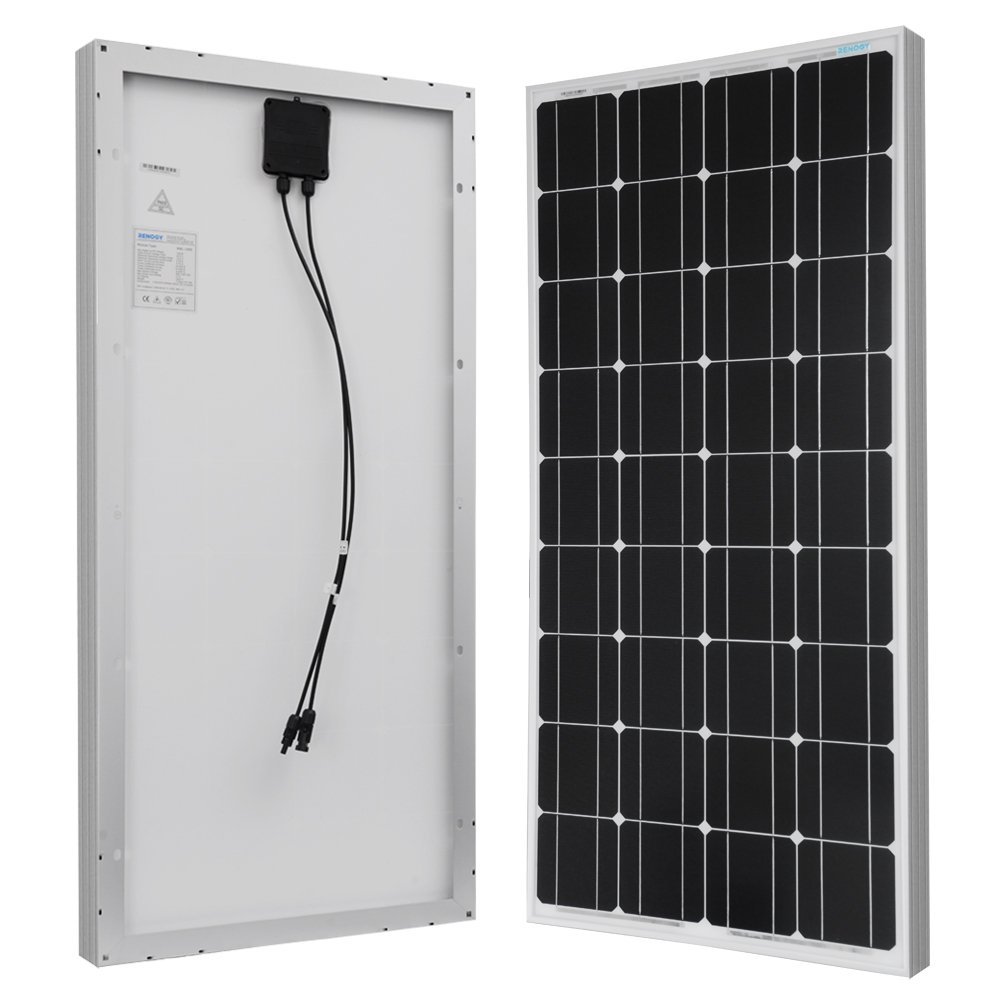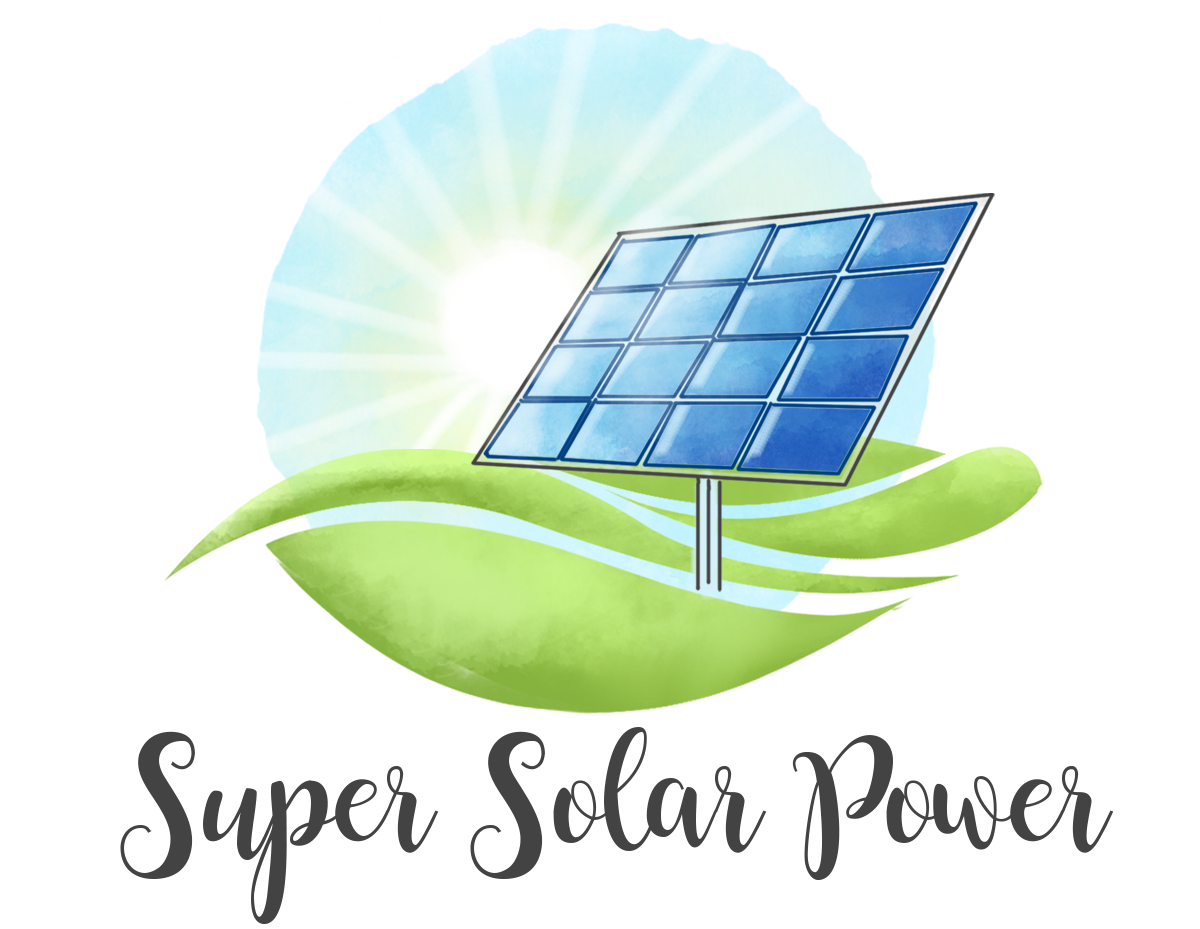200 Watt Solar Panels: What Will They Power & Recommendations
How Much Power Does a 200 Watt Solar Panel Produce?
A 200-watt solar panel kit produces … well, 200 watts of power. The actual power output you see from your panels however depends on a number of things including:
- geographic location
- season (amount of sunlight available)
- shading
- the tilt of your panels
- type of solar panel
- cleanliness of your solar panels
If you are in full sun in the middle of winter, getting about 3 hours of peak sunlight, you’ll get about 640 watts (200 x 3 hours) minus some losses due to any number of factors. Some recommend multiplying this number by .7 to get a more accurate amount which in this case, would be 420 watts (200 x 3 x .7).
In the summer, if you’re getting 6 hours of peak sunlight, you may get about 840 watts (6 hours x 200 watts x .7)
There is a good table here of location and amounts of sunlight if you want to get a more accurate idea for your location and by season.
Make Up & Arrangement of 200 Watt Solar Power Kits
200-watt solar panel kits are often simply two panels of 100 watts sold together to produce a total of 200 watts of power. 200 watts is below what is considered to be used standardly in the residential solar panel market, and a 200-watt solar panel kit will produce less electricity than most residential panel models.
This is fine if you’re planning to use this type of solar power arrangement for an RV, trailer, camping or even a cabin. It does mean though that you need to be conscious of what you want to power and how much power you’re using.

The number of solar panels you will install totally depends on the amount of electricity you want to generate from panels and the space available for placement.
The table below compares different-sized solar panel systems of 200-watt solar panel kits.
Solar power is a way to collaborate with nature
Solar energy is the most lavish and renewable energy source in the world. This system is related to technologies that convert the sun’s heat and light to another form of energy for daily use. There are two categories of technologies that tackle solar energy:
- Solar Photovoltaic
- Solar Thermal
The solar panel is a renewable resource and does not emit any greenhouse gases in the energy generation process. But the cost of solar as compared to other fuel sources is a barrier to adoption. The sunlight varies depending on geographic location, season, and time of day, which all creates limitations on its use.

Solar energy is gained through sunlight and solar panels stored this energy to utilize it afterward. Solar panels are used to convert sunlight which is composed of particles of energy called photons into electricity that can be used to power electrical loads. These panels can be used for different applications which include remote power systems, telecommunications equipment, and the production of electricity.
Solar panels generate electricity from sunlight, which can be fed into the main electricity supply of a building or sold to the public electricity grid. The growing grid-connected solar panels across the globe are helping create a job, enabling families and businesses to save money, and cut greenhouse emissions. It reduces the need for fossil fuel generation.
Most grid-connected solar systems are installed on the roof or walls of a building. This does not take up land that could be used for other purposes like agriculture. Estimated, the PV faces toward the equator but the exact direction is not critical. However, it is important to make sure that there is minimal shading of the panel. If the electricity produced by the solar panel exceeds building demand then the excess can be exported to the grid.
How much power does a 200-watt solar panel produce (including how many amps/output)
A 200-watt solar panel kit produces 200 watts of power, but the actual power output you see from your panels depends on many factors, including geographic location, shading, and the tilt of your panels.
200-watt solar panel kits are often simply two panels of 100 watts sold together to produce a total of 200 watts of power. 200 watts is slightly below what is considered to be used standardly in the residential solar panel market, and a 200-watt solar panel kit will produce less electricity than most residential panel models.

The number of solar panels you will install totally depends on the amount of electricity you want to generate from panels and the space available for placement.
Using ten 200-watt solar panels will produce roughly 3,000 kilowatts hours (kWh) of electricity and this is far below how much electricity a standard single-family household uses. Only once you install 30 kits, which end up being 60 individual 100-watt panels, you will produce enough electricity to significantly offset or eliminate your electric bill with solar.
The use of solar panels is increasing in popularity because it is versatile with many benefits to people and the environment. If you install solar panels for your home you will receive numerous benefits like lower electric bills, lower carbon footprints, and potentially higher values. But these benefits come with significant installation and maintenance costs if you want to shift your home electricity to solar panels.
What can you run on a 200-watt solar panel, Device & Appliance Wattage Estimates?
With a 200-watts solar panel you can:
- Run your laptop (45W) for 22 hours
- Run coffee maker (1000W) for 1 hour
- Run a microwave oven (625W) for 1h36’
- Run 60W light bulb for 1 hour
Don’t be surprised that you can plug a 1000W coffee maker directly into a 200W solar panel. I’m talking about running your appliances using a battery bank. 200-watt solar panel charges your battery bank. And then you can use a power inverter to convert from 12V DC power to AC.
You can also use your 200W solar panel for home appliances without batteries, but this isn’t recommended.
What is the size of a 200-watt solar panel (including dimensions?)
The most typical size of panel used for residential installations is 65 inches by 39 inches and the common size for commercial applications is 77 inches by 39 inches.
Recommended 200W Solar Panel
You are getting the most out of your system with Renogy’s 200W Monocrystalline Starter Kit is designed specifically for new customers. Monocrystalline photovoltaic electric solar energy panels are the most efficient panels to produce energy from the sun. This increases their efficiency, and thus they are more expensive than the other versions such as polycrystalline and thin-film available.
Types of 200 Watt Solar Panels (including portable, flexible and fixed)
Most of the solar panels are made up using crystalline silicon solar cells. There are two types of solar panel poly-crystalline and mono-crystalline. The efficiency of the polycrystalline solar panel is 16% whereas, the efficiency of the monocrystalline solar panel are up to 19%. The silicon solar panel has 18V / 200W, life span warranty up to 25 years.
How many batteries do I need for a 200-watt solar panel?
If you are using 200-watt panels, you need only three panels and four 300-amp batteries. If you’re intrigued with solar power and its uses, in this article I explain a simple way to turn a simple 12-volt battery pack into a small solar generator and more explanation for building a small solar system here.
Can I use it for an RV?
If you’re like most campers, you may know that running your RV on solar is possible, and requires an investment in RV solar panels but little else. As it turns out, it’s not as simple as just strapping panels to your rig’s roof and plugging in your blender to whip up your favorite breakfast smoothie. But it’s a great option, especially if you want to go off the beaten track.
How much do they cost?
The price of the solar panel is different according to their types and companies. They can run between $200 and $1000.
Are there any good 200-watt solar power kits?
Yes! There are some great ones that we recommend.
With inverter:
Renogy 200w 12v Monocrystalline Solar Panel Bundle Kit
With battery:
Windy Nation 200 Watt (2pcs 100 Watt) Solar Panel Kit with 1500W VertaMax Power Inverter for RV, Boat, Off-Grid 12 Volt Battery Systems.

